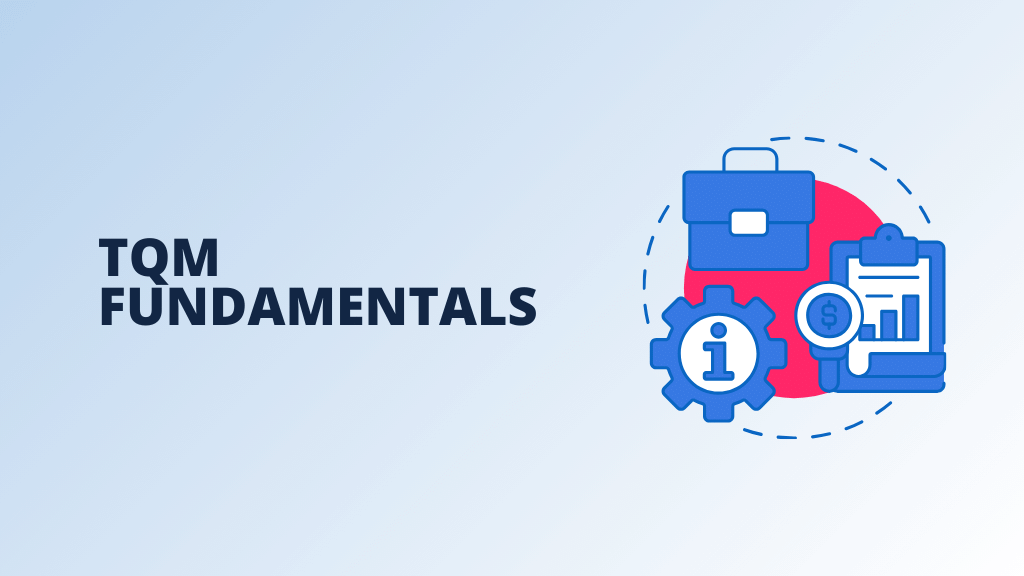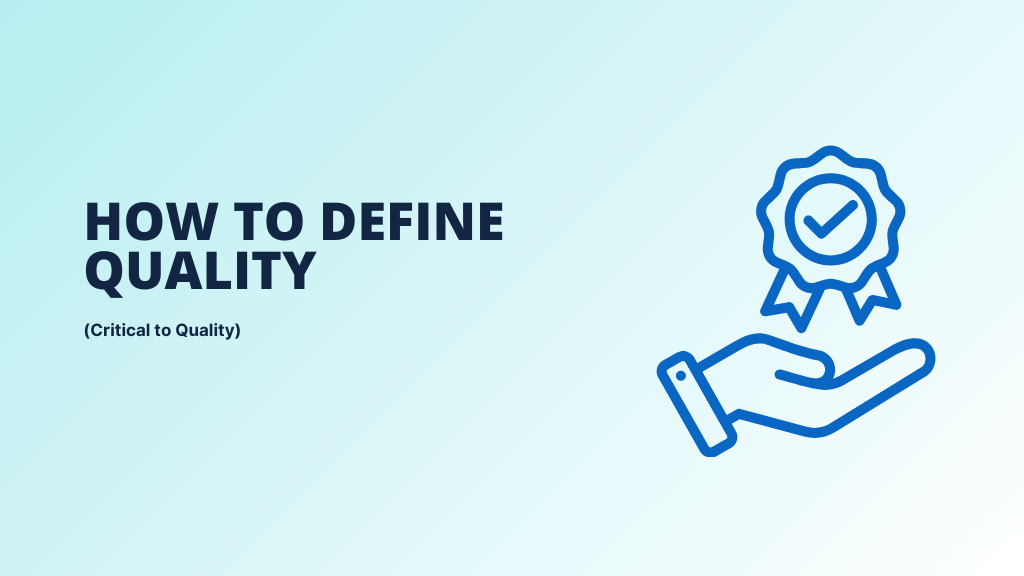What is 5S and why do we want to do it?
5S is short for: Sort, Set in Order, Shine, Standardize and Sustain.
5S is a methodology for organizing, cleaning, developing and sustaining a productive work environment. The methodology originates from a japanese housekeeping idea named becuse of the five Japanese words each beginning with the letter “se” or “shi”. They are “Se-iri“. “Se-iton“, “Se-iso“, “Se-iketsu” and “Shi-tsuke“.
5S represents 5 disciplines for maintaining a visual workplace (visual controls and information systems). These are foundational to Kaizen (continuous improvement) and a manufacturing strategy based “Lean Manufacturing” (waste removing) concepts. 5S is one of the activities that will help ensure our company’s survival.
5S
- Sort – All unneeded tools, parts and supplies are removed from the area.
- Set in Order – A place for everything and everything is in its place.
- Shine – The area is cleaned as the work is performed.
- Standardize – Cleaning and identification methods are consistently applied.
- Sustain – 5S is a habit and is continually improved.
Also – Work areas are safe and free of hazardous or dangerous conditions
5S Examples
5S Example – Sort, Set in Order


organized and drawers
labeled (less time and
frustration hunting)


- Sort – All unwanted or un needed tools, parts and supplies are remove from the area.
- Set in Order – A place for everything and everything is in its place.
5S Examples – Shine
The area is cleaned as the work is performed (best) and\or there is a routine to keep the work area clean.
5S Examples – Standardize
In standardization cleaning and identification methods are consistently apply. Departments have weekly 5S tours.
Every job has duties that use Sort, Set in Order and Shine We all have common duties to do our part to keep all areas of the plant in shape – breakroom, restrooms, locker area, parking lot, etc.
5S Examples – Sustain
Now a days, 5S is a habit and continually improved. 5S is a simple concept with powerful results. You will get additional information on 5S so that you will be well equipped. Our experience is that the more we do 5S the better the work environment becomes: cleaner, safer, more organized, the work is easier, less confusion and less stress. Use the 5S (work\home\play) – The more you use it the easier it becomes and life just gets better and better.


Some new words,
Red Tag– Process for tagging, removing and disposing of items not needed in the work area.
Lean Manufacturing– concepts that seek continuous improvement by removing waste in processes
Kaizen- (pronounced “ki – zen”) – Improvement
Kaizen Event and 5S Event– Planned improvements to a specific area or process (usually take 3 to 5 days).
5S Events focus on making 5S improvements.
Muda-(pronounced “moo da”) – waste
Gemba-(pronounced “gim ba”) – workplace
Kanban-(pronounced “kon bon”) – Pull type inventory control system. Items are only produced to meet customer needs. The request to produce more is signaled from an upstream operation and/or customer orders.
Value Stream Map – A diagram of all processes needed to make and deliver the product to the customer.
OTHER PROBLEM SOLVING TOOLS
TOC– Short for Theory of Constraints. Problem solving and constraint management methods. Use the 5 Step form of TOC to solve problems that you will encounter in your continuous improvement efforts.






